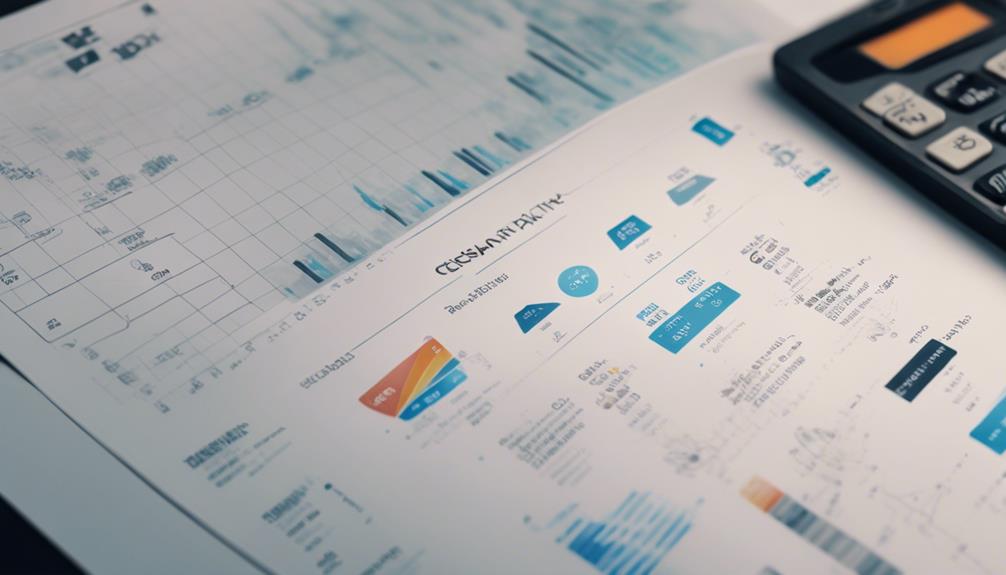To craft a user-centric payment experience, start by understanding your customers' needs through surveys and user testing. Simplify the payment process by reducing steps and offering autofill options. Guarantee security with multi-factor authentication and encryption. Provide clear feedback with instant updates and visual cues. Personalize payment options to boost satisfaction and conversions. Prioritize user convenience with varied payment choices and clear instructions. Implement intuitive design to enhance user satisfaction. Seamlessly integrate payment methods for a smooth checkout. These principles will help create a tailored payment journey that improves user satisfaction and drives conversions.
Key Takeaways
- Understand customer needs through research and user testing.
- Simplify payment process with clear instructions and autofill options.
- Ensure security with multi-factor authentication and encryption.
- Provide clear feedback with instant updates and visual cues.
- Offer personalized options to drive conversion rates and satisfaction.
Understanding Customer Needs

To understand customer needs in the world of payment experiences, you must explore preferences, pain points, and expectations that shape their interactions. Conducting user research, including surveys and interviews, as well as user testing, provides valuable insights into user needs. By analyzing this data, you can identify common patterns and behaviors in customer payment interactions, allowing you to tailor payment experiences to meet specific user needs effectively.
Customer needs can vary based on demographics, location, and past experiences with payment systems. Tailoring payment experiences to address these user needs can greatly enhance customer satisfaction and loyalty. As a result, a data-driven approach to understanding user needs is essential for creating tailored payment experiences that meet customer expectations and alleviate pain points.
Simplifying Payment Process

To enhance user experience, simplify the payment process by reducing unnecessary steps, guiding users with clear instructions, and offering autofill options for convenience.
Streamlining the checkout experience, minimizing user input, and providing transparent payment choices can greatly improve completion rates and user satisfaction.
Streamlined Checkout Experience
Implementing streamlined checkout processes can greatly reduce cart abandonment rates and boost conversion rates. By simplifying the payment journey, you can enhance the user experience and drive more successful transactions.
Consider the following key strategies for a streamlined checkout experience:
- Implement one-click payment options: Increase conversion rates by 26%.
- Simplify payment forms: Boost completion rates by 10%.
- Offer guest checkout: Improve user experience and increase sales.
- Provide multiple payment options: Enhance flexibility and cater to diverse user preferences.
- Ensure a smooth and efficient process: Reduce cart abandonment rates by up to 20%.
Minimize User Input
Reduce user effort in the payment process to enhance conversion rates and improve user satisfaction. Minimizing user input is key to a smooth checkout process. Implementing autofill features for common fields such as name and address can streamline the process for users, making it quicker and more convenient.
Utilizing saved payment information or offering one-click payment options further simplifies the experience, especially for returning customers. By reducing the number of form fields to only essential information, you can speed up the checkout process and enhance overall user experience. Studies have shown that every additional form field can decrease conversion rates, underscoring the importance of minimizing user input in payments.
Opting for a more user-friendly approach can have a substantial impact on your conversion rates positively.
Clear Payment Options
When enhancing the user-centric payment experience, clarity in payment options is crucial for reducing cart abandonment rates and boosting conversion rates. To achieve this, consider the following key principles:
- Providing clear payment options reduces cart abandonment rates by up to 35%.
- Simplifying the payment process increases conversion rates by 30%.
- Displaying popular payment methods prominently can boost customer trust and confidence.
- Offering multiple payment gateways caters to diverse customer preferences and increases sales.
- Streamlining the checkout process with clear payment choices enhances user experience and satisfaction.
Ensuring Security and Trust

To maintain a secure and trustworthy payment experience, incorporating multi-factor authentication is essential. This extra layer of security helps reduce the risk of unauthorized access to your sensitive payment information. Encryption techniques such as SSL/TLS protocols also play a critical role in securing data during transactions. Displaying trust seals from reputable security providers can further enhance user confidence in the payment process. Regularly updating security measures and patches is important to prevent vulnerabilities and protect against cyber threats. Additionally, providing clear and transparent privacy policies builds trust with users regarding how their personal information is handled.
| Key Principles | Description |
|---|---|
| Security Measures | Implement multi-factor authentication and update security patches regularly. |
| Encryption Techniques | Utilize SSL/TLS protocols to secure sensitive data during payment transactions. |
| Trust Seals | Display trust seals from reputable security providers to enhance user confidence. |
| Privacy Policies | Offer clear and transparent privacy policies to build trust with users. |
Providing Clear Feedback

When it comes to providing clear feedback during payment transactions, instant transaction status updates play a vital role in keeping you informed and at ease.
Visual confirmation cues, like checkmarks or color changes, help you quickly recognize successful transactions.
Clear error messages are also essential for understanding and addressing any issues that may arise during the payment process.
Instant Transaction Status
How can instant transaction status updates enhance user confidence and trust in the payment process?
Instant transaction status updates play an important role in improving the user experience during payments. Here are some key benefits of providing real-time feedback on transaction status:
- Instant transaction updates reduce customer anxiety and increase trust.
- Clear feedback, such as 'Payment Successful' or 'Transaction Failed,' enhances transparency.
- Real-time updates improve user understanding and satisfaction.
- Instant feedback minimizes confusion and uncertainty.
- Transparent communication through immediate notifications fosters loyalty.
Visual Confirmation Cues
Visual confirmation cues, such as checkmarks or color changes, play a crucial role in providing immediate feedback on payment actions, ensuring users receive clear indications of transaction status. These visual cues are indispensable in the payment process as they enhance user confidence and provide clarity on the outcome of their transactions.
By incorporating these visual indicators, users can quickly understand whether their payment was successful or if there was an issue that needs attention. This feedback not only reduces uncertainty but also aligns with user-centered design principles by prioritizing user understanding.
Clear visual cues during the payment process help users navigate with ease, fostering a seamless and reassuring experience that promotes trust and satisfaction.
Error Message Clarity
Effective error message clarity is crucial for enhancing user experience and reducing frustration during online transactions. To achieve this, consider the following:
- Concise Messages: Keep error messages brief and to the point.
- Specific Guidance: Clearly state what went wrong and suggest how to fix it.
- Friendly Language: Use a warm and approachable tone to communicate errors.
- Avoid Technical Jargon: Make sure messages are understandable to all users.
- Contextual Placement: Display error messages in proximity to where the issue occurred for quick resolution.
Offering Personalized Options
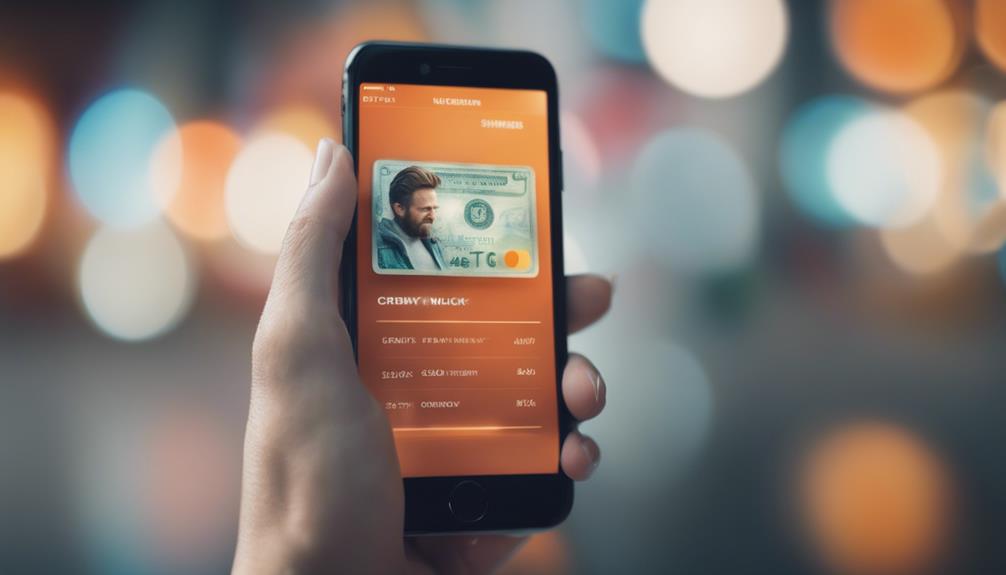
By customizing payment options to individual preferences, you can greatly enhance user satisfaction and drive higher conversion rates. Personalized payment options tailored to user preferences have been shown to increase conversion rates by up to 70%. By offering tailored payment methods, you can also reduce cart abandonment rates by 20%, leading to a smoother checkout process and improved user experience.
Additionally, providing personalized payment options based on user data can result in higher average order values as customers are more likely to complete their purchases when presented with options that suit their needs.
Not only do personalized payment options benefit your conversion rates and cart abandonment rates, but they also play a significant role in boosting customer satisfaction and loyalty. By enhancing the overall user experience with customized payment methods, you can foster repeat purchases and encourage long-term customer relationships.
Hence, prioritizing personalized payment options is key to creating a user-centric payment experience that drives growth and customer retention.
Prioritizing User Convenience
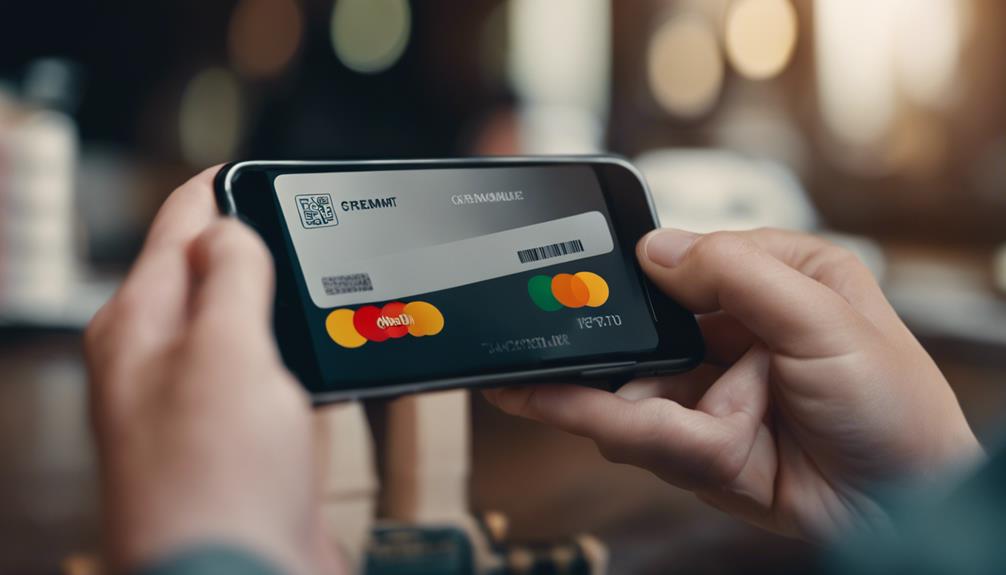
To enhance user satisfaction and streamline the checkout process, prioritize user convenience by implementing one-click payment options. This user-centric design approach focuses on making the payment experience as seamless as possible.
Here are some key principles to take into account:
- Offer a variety of payment options to cater to different user preferences.
- Utilize saved payment information and autofill features to expedite future transactions.
- Guarantee secure payment processing through encryption technology and industry compliance standards.
- Provide clear instructions to guide users through the payment process.
- Implement effective error messages to help users troubleshoot any issues that may arise.
Implementing Intuitive Design
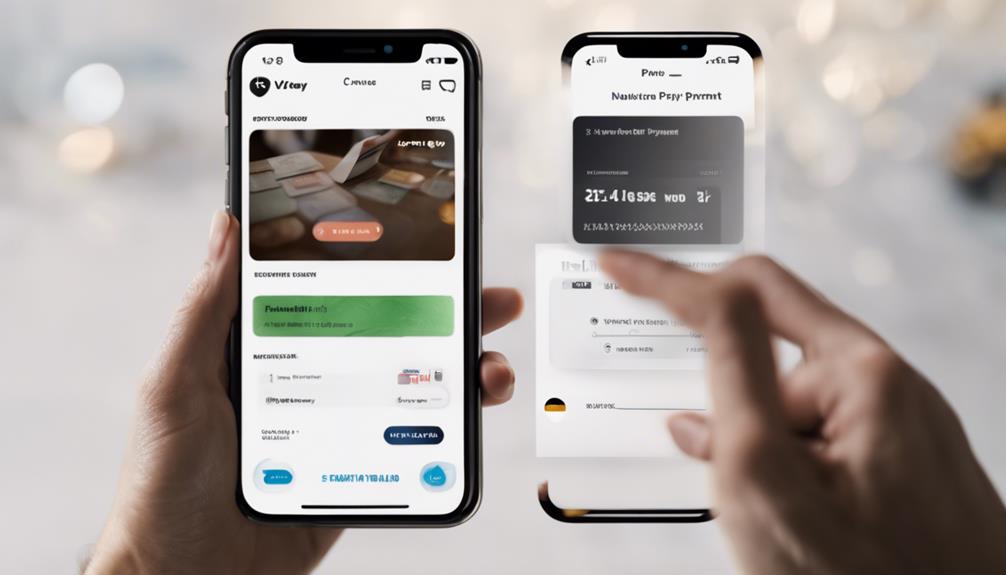
Implement intuitive design in your payment process to enhance user experience and streamline transactions efficiently. Important design plays a vital role in reducing cognitive load and boosting user satisfaction.
By incorporating clear visual cues and familiar patterns into your payment processes, you can help users navigate with ease. Consistent design elements across payment pages are essential as they contribute to building user trust and confidence in your platform.
Make sure that your layouts are intuitive and flow logically, guiding users seamlessly through the payment completion process. User-friendly interfaces with minimal steps lead to higher conversion rates, as they make it easier for users to finalize their transactions.
Seamless Payment Method Integration
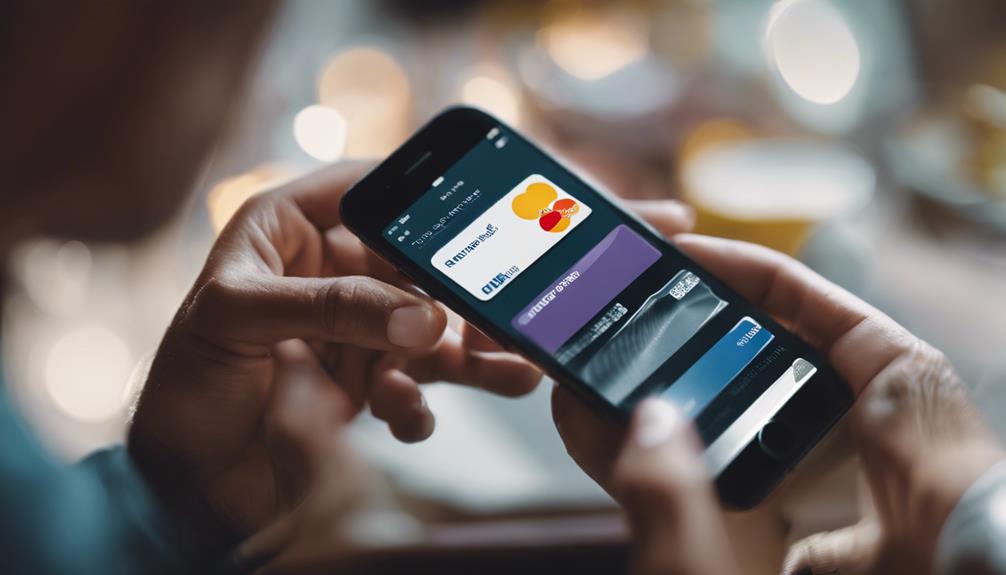
How can seamless payment method integration enhance your user checkout experience and reduce cart abandonment rates?
By incorporating various payment options and integrating popular payment gateways such as PayPal, Stripe, and Apple Pay, you can provide a secure and user-friendly payment experience that boosts customer loyalty and increases conversion rates.
Here's how seamless payment method integration can benefit your online business:
- Seamless payment method integration guarantees a smooth checkout process for users, reducing cart abandonment rates.
- Offering multiple payment options caters to diverse user preferences and increases conversion rates.
- Integration with popular payment gateways like PayPal, Stripe, and Apple Pay enhances user convenience and trust.
- Providing a secure and user-friendly payment experience builds customer loyalty and encourages repeat purchases.
- Streamlined payment method integration boosts customer satisfaction and contributes to a positive overall user experience.
Frequently Asked Questions
What Are the Five 5 Key Aspects of User-Centered Design?
To design user-centered products effectively, focus on five key aspects: functionality, usability, accessibility, aesthetics, and performance.
Functionality guarantees the product works as intended, while usability emphasizes ease of use.
Accessibility guarantees all users can interact with the product. Aesthetics focus on the visual appeal, and performance guarantees the product operates smoothly.
What Are the Key Principles of User-Centered Design?
When crafting a user-centric design, the key principles revolve around understanding user needs, pain points, and goals.
By focusing on simplicity, clarity, consistency in visuals, visual hierarchy, and intuitive navigation, you can create an engaging user experience.
These principles guarantee that users can easily interact with your interface, leading to higher satisfaction and usability.
Prioritizing these aspects will guide you towards designing products that resonate well with your audience.
Which Are 4 Elements of User-Centered Design?
To design user-centered interfaces, focus on:
1) Research to understand user needs.
2) Involving users in testing for feedback.
3) Aligning business goals to enhance user experience.
4) Data-driven decision-making for design improvements.
By incorporating these elements, you guarantee that your designs resonate with users, boosting engagement and brand recognition.
What Are the 5 Stages of User-Centered Design?
The 5 stages of User-Centered Design involve:
- Specifying the context of use.
- Defining business and user requirements.
- Generating design solutions.
- Evaluating these designs.
- Implementing the chosen design.
This process is essential for ensuring that user needs are understood, business goals are met, and design solutions are effective. By following these steps, designers can create products that resonate with users and lead to successful design outcomes.
Conclusion
To sum up, designing a user-centric payment experience involves understanding customer needs, simplifying the process, ensuring security, providing clear feedback, offering personalized options, prioritizing convenience, implementing intuitive design, and integrating seamless payment methods.
By following these key principles, businesses can create a smooth and efficient payment experience that meets the needs of their customers. It's important to keep these principles in mind to build trust and loyalty among users, ultimately leading to increased customer satisfaction and retention.





